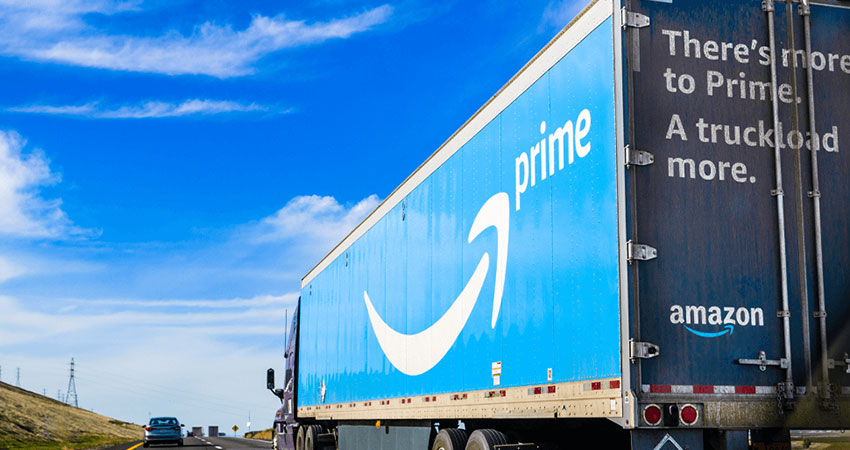Just under a quarter of monthly Amazon Prime subscribers (23%) dropped the service for some period of time in the past year, with 41% having it for six months or less, most likely dipping in and out as their needs or checkbook dictate, according to Consumer Intelligence Research Partners (CIRP) data.
Among monthly Amazon Prime subscribers, the highest total (35%) reported using the service between 10-12 months over the past year, with 17% saying they were subscribed for seven to nine months. Twenty-two percent said they belonged to Prime for two to three months, while 19% reported having it for four to six months.
“With more than three-quarters of monthly-pay Amazon Prime subscribers continuously maintaining their membership, Amazon seems to get more membership payments from monthly-pay members despite their hiatuses,” CIRP said in its latest report.
CIRP’s analysis is based on a sample of 2,000 consumers who purchased from Amazon in the 90 days prior to the survey. There is no margin of error given on the small sample.
Amazon certainly doesn’t seem concerned about monthly attrition. “Prime serves diverse needs across a diverse membership base,” including the flexibility of monthly membership discounts for students and those on government assistance, said spokesperson Sarah Lasky. She added the program has more than 200 million worldwide members. Statista estimates there are 167.2 million members in the U.S. alone.
Amazon introduced the monthly Prime subscription option in December 2016, and CIRP estimates it accounts for more than half the membership. Both the monthly and annual fees increased in February 2022 for the first time in four years, with monthly going from $12.99 to $14.99. As of March, the majority of Amazon customers (73%) reported being Prime members, according to CIRP, with 17% saying they had never joined.
Just doing the math, Amazon Prime subscribers using the monthly option would pay more than the annual rate if they didn’t drop at all, $179.88 vs. $139, making a periodic approach logical.
Josh Lowitz, a partner and co-founder of CIRP, said Amazon’s basic logic is that some percentage of monthly subscriber drop-off is built into the model, which partially justifies the 30% premium paid vs. annual.
“That said, the data shows that Amazon is still ahead on the offering,” Lowitz said, noting the 77% of monthly subscribers who didn’t take a break in the past year. “Of those that do drop off, a significant portion are members for seven or more of the prior 12 months.”
Even with monthly subscribers who likely join for things like holiday deals then drop, racking up free shipping on a bunch of orders, Lowitz said, there’s no rationale for upsetting the status quo. “There are so many who are regularly paying that the exceptions don’t change Amazon’s economics enough to warrant a policy change that could make the monthly option less desirable overall,” he said.

